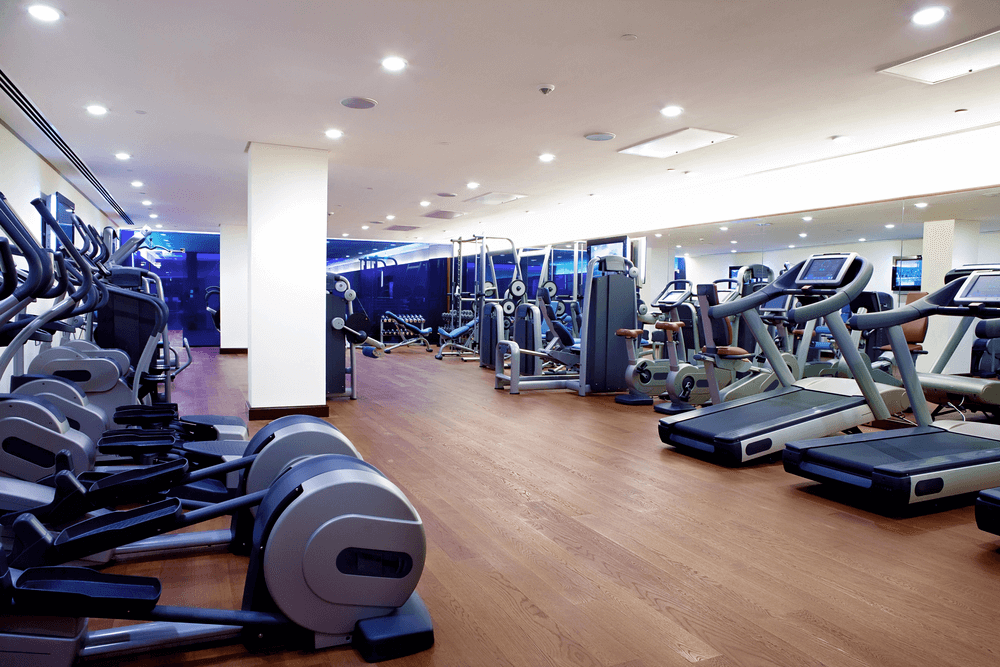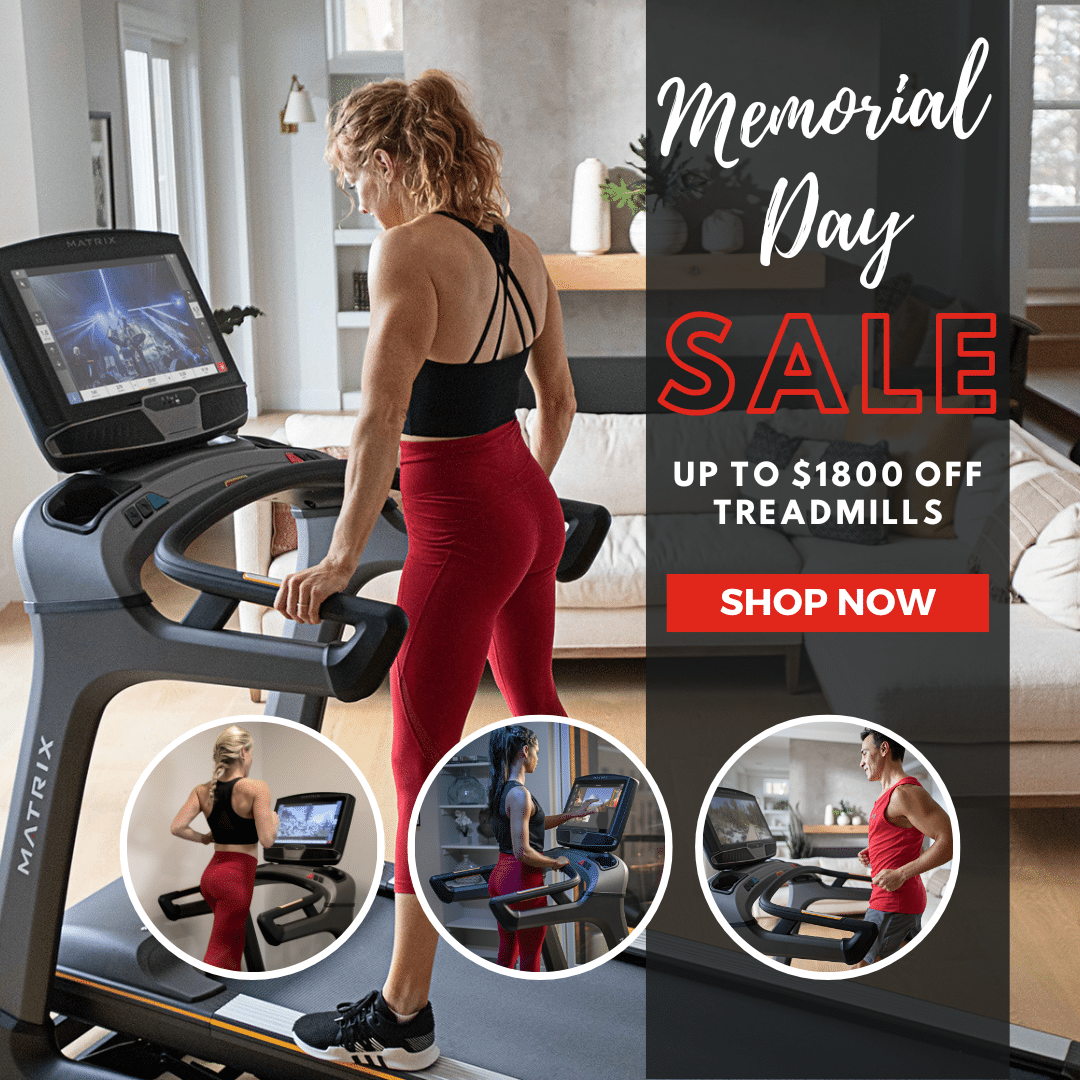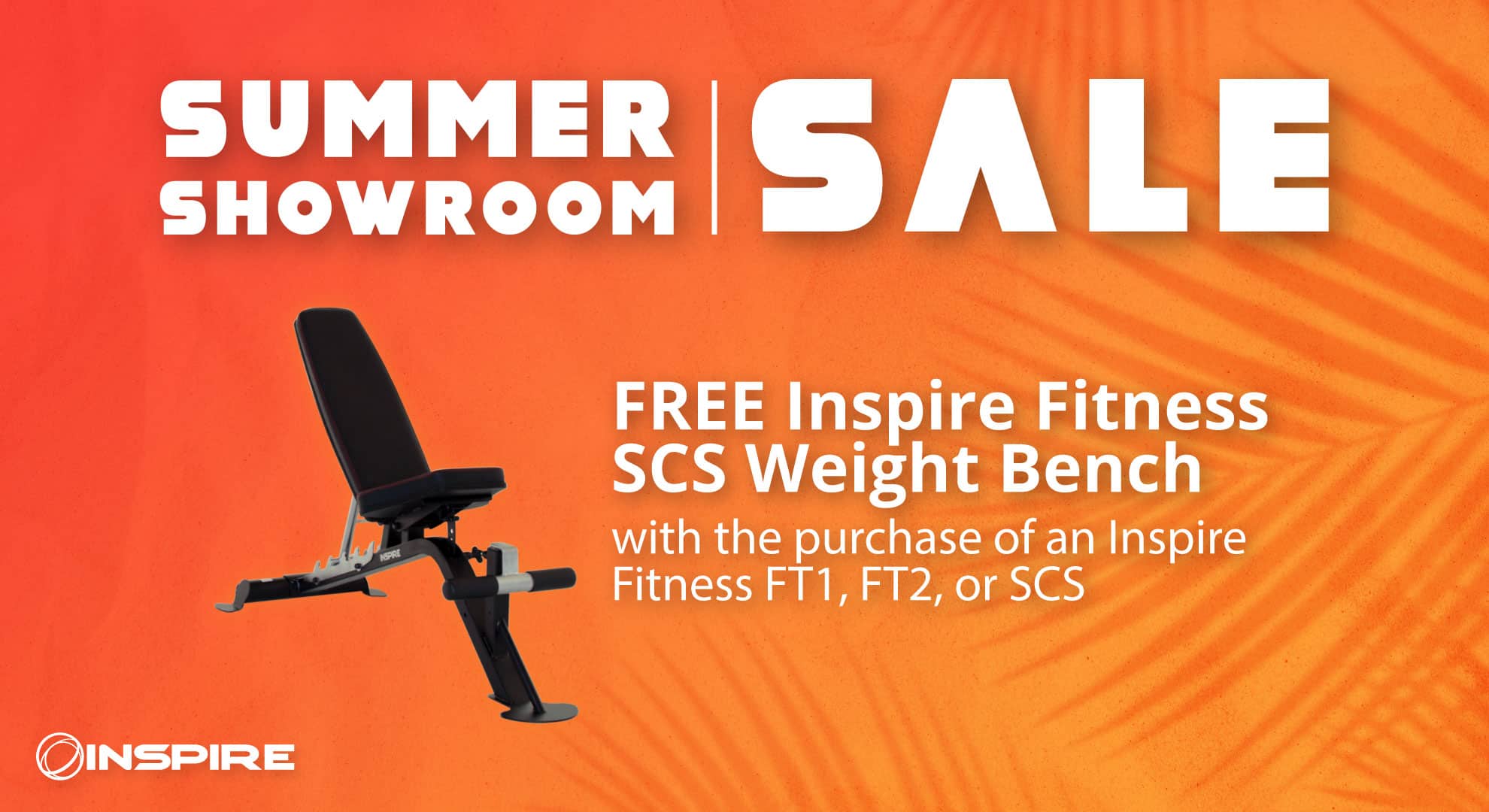What to Consider When Buying Used Fitness Equipment
This entry was posted on June 7, 2014.

If you’re planning to set up a home gym or run a professional gym, buying used equipment is a smart and cost-effective option. But with so many choices, it can be hard to know how to pick the right used equipment.
This guide will help you understand what to consider when buying used fitness equipment. It covers everything from identifying your needs and setting a budget to choosing the right items and finding the best place to buy them.
With this information, you can create your ideal gym without spending too much on new equipment.
Determining Needs and Budget Before Buying Used Gym Equipment
Start by figuring out what you need and how much you can spend. This helps you make smart choices and avoid overspending. You have to buy exercise equipment that matches your goals and budget.
Identify Your Fitness Goals and Space
The gym equipment you need depends on your fitness goals and the types of exercise you like. If you’re into cardio, you might want a treadmill or elliptical. If you prefer strength training, consider getting free weights, a weight bench, or a multi-gym. Remember to think about your age, any health conditions, and your current fitness level.
You also need to think about the space you have. For a home gym in a garage, make sure there’s enough room for the equipment and for you to move around easily during workouts.
If you live in an apartment, you might want to adjust the type of equipment for a limited space. Think foldable treadmills or dumbbells.
If you’re setting up a professional gym, check how many machines can fit. Larger equipment will definitely take up a lot of space, so you have to be smart when arranging all of your equipment in one place.
Setting a Realistic Budget
Buying used equipment is cheaper than buying new, which is good for saving money. Make sure your budget is realistic and includes delivery and future maintenance costs.
Set a specific amount for each item of equipment. This helps you manage your spending and decide what you can afford in each category.
Consider remanufactured or refurbished equipment too. These are often high-quality items from commercial gyms, cleaned and serviced by professionals. They offer good value and function like new equipment but at a lower cost.
Longevity and Usage Duration
Used equipment doesn’t really last, especially if it’s low-quality. You need to foresee how long the gym equipment will last. Used gym equipment usually lasts for about a year or two before it totally breaks down.
Before You Checkout…
- Research the store or warehouse where you’ll get the used equipment.
- Look at other places and see which is more appealing to you. Consider cost, delivery (if you ordered online), installation, and warranty (if there’s any).
- Check the equipment’s condition. The condition of the used fitness equipment is a major determinant of its value. Look for detailed descriptions and, if possible, request additional pictures or videos showcasing the equipment in action. Check for any signs of wear, rust, or damage. Understanding the condition upfront will save you from unexpected surprises upon delivery.
- Check the warranty. Some sellers offer limited warranties or guarantees. This is important for higher-priced items like treadmills or elliptical machines. Ask about the warranty options and the coverage they provide. It adds an extra layer of security to your purchase.
- Explore for brands and models. Different brands and models of fitness equipment vary in terms of quality, durability, and features. Take the time to research popular brands and models within your budget. Consider factors like the reputation of the manufacturer, the availability of replacement parts, and user reviews. This information will help you narrow down your options and make a more informed decision.
- Compare prices. While it’s tempting to go for the lowest price, the value of the equipment matters at the end of the day. Compare prices for similar items across different sellers and platforms.
- Check for any delivery options. Some sellers offer free delivery, while others may charge an additional fee. If you’re planning to have the equipment delivered, add any shipping inclusions to your budget.
- Check for additional services. Some sellers may offer additional services, such as equipment maintenance, assembly, or even personalized training programs. These value-added services can enhance your overall experience and contribute to your long-term satisfaction with your purchase. Inquire about these options and assess their relevance to your needs.
Summarizing Your Shopping List for Buying Used Fitness Equipment
As we wrap up, here’s a quick summary of your checklist for buying used gym equipment:
- Determine your fitness needs, space, and budget.
- Choose the type of equipment needed based on your fitness objectives.
- Research and select reputable brands.
- Inspect equipment or request comprehensive details on its condition, such as wear and tear, safety features, and warranties.
- Compare prices and shop from trustworthy sources.
Whether you’re shopping from the comfort of your home or visiting a few warehouses, you have the confidence to select high-quality, cost-effective options for your gym.
Arm your gym with equipment that guarantees a comprehensive workout and promotes overall wellness. Happy shopping and even happier exercising!




